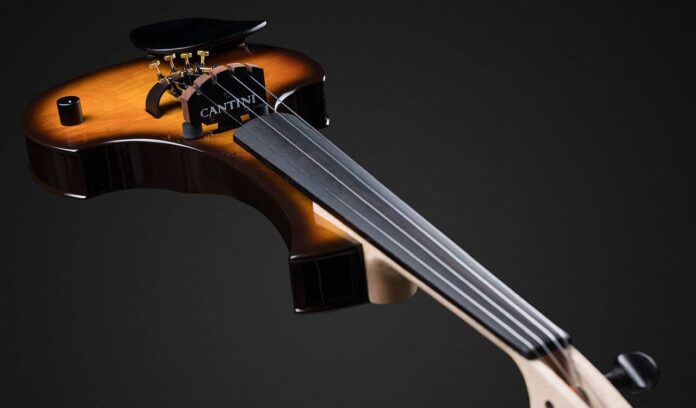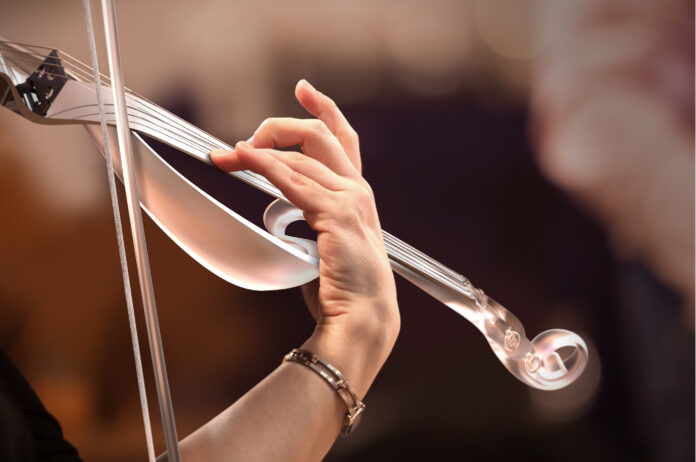The violin is one of the timeless and classic instruments played for centuries. However, since change is the only constant thing, a new variation has emerged- the electric violin. If you assess traditional and electric violins, they still share many similarities. But if you also explore electric violins, it has unique features and characteristics you can’t find on traditional ones.
So if your child has a regular or traditional violin and starts to build interest in electric violin, you need to know what makes it different from what they have now. And that’s what this article is all about. We’ll discuss more electric violins.
Here are some key features you’ll see in an electric violin and not in a regular or traditional violin.
Construction and design

The electric violin is known for its construction and design, especially compared to the regular violin. You’ll notice that the regular model of your child has a hollow body made of wood. But in an electric violin, its body is typically made of carbon fiber, fiberglass, or wood composites.
Electric violins are fashioned with two main types of pickups, namely magnetic and piezo; however, others such as optical and optical/magnetic hybrid pickups exist. The pickup translates vibrations from the strings into sound by emitting an electrical signal that is amplified in order to be heard with greater volume than would be possible if it were acoustically generated only.
In addition to its unique design, an electric violin also typically requires an external amplifier system in order to produce sound through louder speakers than those usually featured on the instrument itself. This setup typically involves microphones that are clipped onto stands and wiring that connects everything together. Ultimately, this makes playing an electric violin louder and more expansive – both tonally and physically – than one might anticipate in comparison with what they are used to hearing from traditional replicas of this beloved string-based instrument.
Sound quality

How sounds are produced in electric violin also differs from that of a regular one. In traditional instrument, sound comes through the vibration of its wooden body and the interaction of the strings with the air inside the instrument’s body. You can hear a warm, rich, and complex resonance.
Meanwhile, an electric violin’s sound usually comes from the electronic amplification of the strings’ vibration. You can adjust or modify the sound using effects pedals and amplifiers. This can give you a wide range of tonal and sound possibilities. In an electric instrument, expect you to achieve a bright, crisp, and sharp sound.
Playing style and technique
The best electric violin can offer a different playing style and technique due to its lack of acoustic feedback. If the traditional instrument relies on the vibration of the wooden body, the electric violin is dependent on electronic amplification. It means you can only hear your sounds accurately through monitors and amplifiers when using an electric instrument.
Additionally, electric violins use effect pedals and other devices, which opens you to more sound manipulation and creative possibilities.
Practical considerations

Since electric violins are more of an electronic device, you’ll need a power source like a battery or AC adapter when operating it. It means you must ensure access to a power source before you can perform with an electric violin. This is something that you don’t have to experience with regular violins.
Another practical consideration lies in the amplification system type used in electric violins. Note that you’ll need speakers, amplifiers, and monitors to produce sound.
Benefits of an Electric Violin

The electric violin is attractive to many players as it offers several benefits over an acoustic instrument. It does not need tuning as regularly as an acoustic model, which can be challenging for younger players who may not have acquired the skill yet. Additionally, since it is an amplified instrument, it cuts through other instruments in a mix and its volume settings can be adjusted with a control knob – allowing players more flexibility when creating sounds. Electric violins also offer sharper tones than what may be heard from an acoustic model, enabling users to achieve nuances in their playing that might otherwise not be possible. These characteristics make them popular amongst many different styles of string players including classical musicians, rock/pop artists and jazz performers.
Disadvantages of an Electric Violin
Electric violins generally have higher prices than acoustics, often costing several hundred dollars more. They also require amplification or a pair of headphones through which sound can be heard when played. Without these items, the music cannot be heard clearly or shared with a larger audience in an intimate setting, like a small coffee shop or venue. Furthermore, the lack of resonance in an electric violin means players will miss certain nuances that can only be achieved by producing sound through wood instead of electronics such as vibrato, reverb, and sustain which creates natural warmth and resonance into each note while playing with an acoustic violin.
Takeaway
A regular or traditional violin is very different from an electronic one. And if your child is interested in exploring electric violin, brief them on these changes and differences. You must mention to them the changes in the construction and design, sound quality, playing style and technique, and other practical considerations. After considering all these, they’ll surely understand whether an electric violin is for them. Transitioning from a regular violin to an electric one might be challenging so make sure to be ready about their journey and prepare them holistically.









